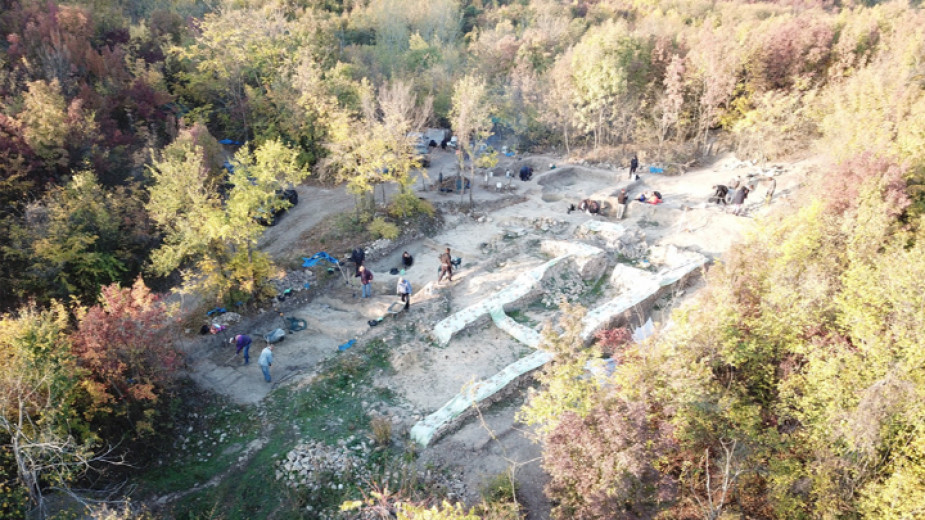 7
7
A 5,000-year-long history lies hidden in the ruins of the medieval fortress “Ryahovets” near the town of Gorna Oryahovitsa where active excavations began ten years ago. On this occasion, on November 17, the Historical Museum in Gorna Oryahovitsa opened an exhibition featuring photographs and artifacts that tell the story of times when these lands were home to Thracians, Pechenegs, Cumans, and the Asen dynasty.
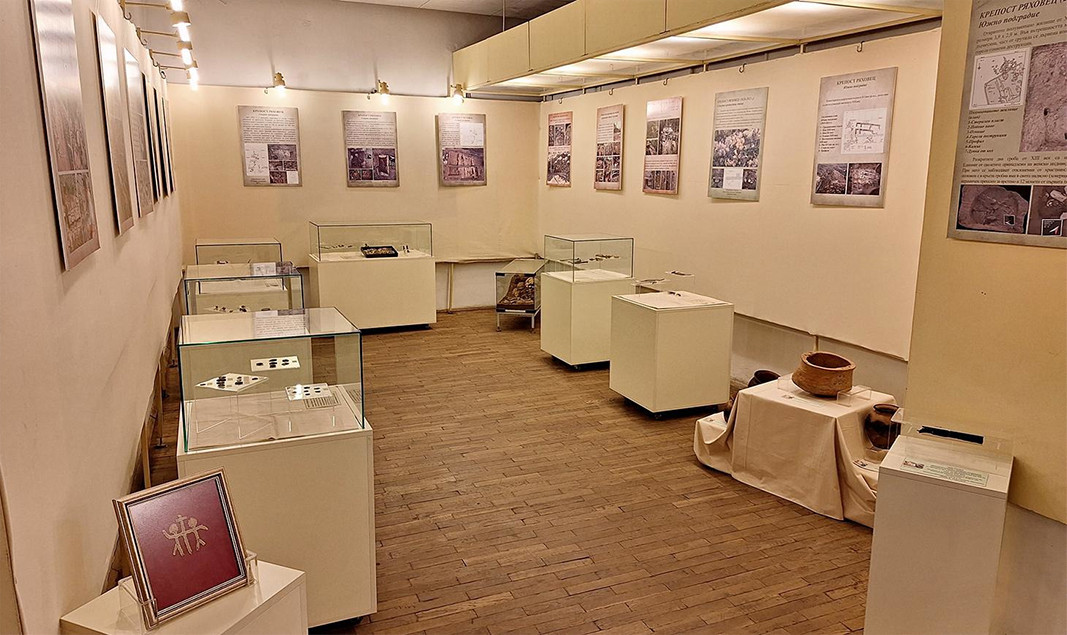
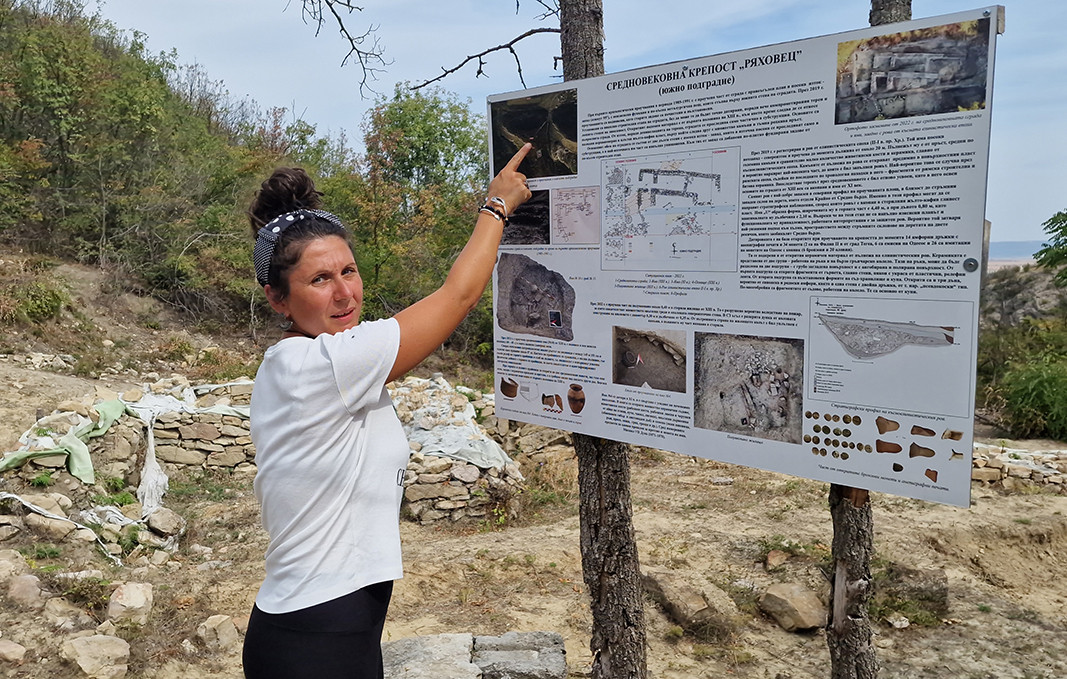
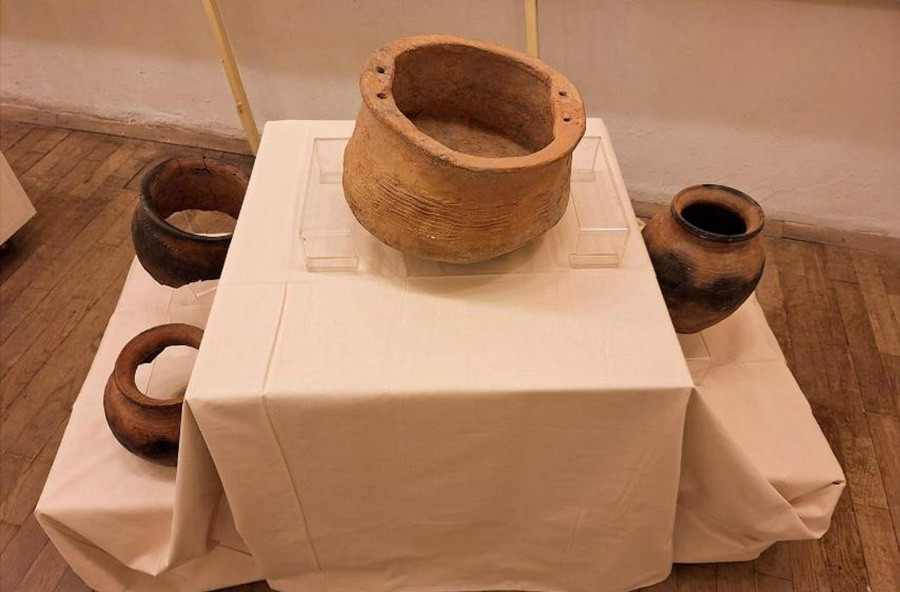
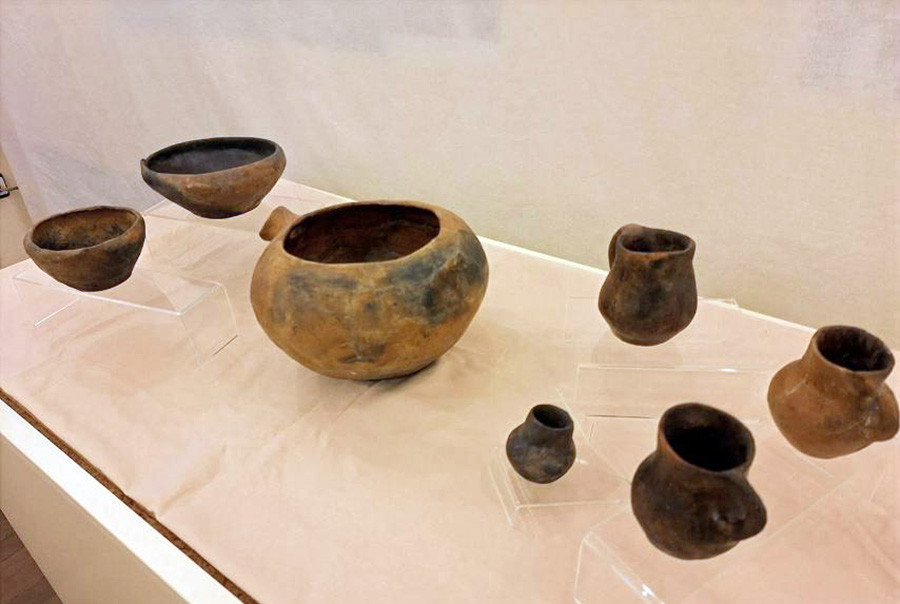
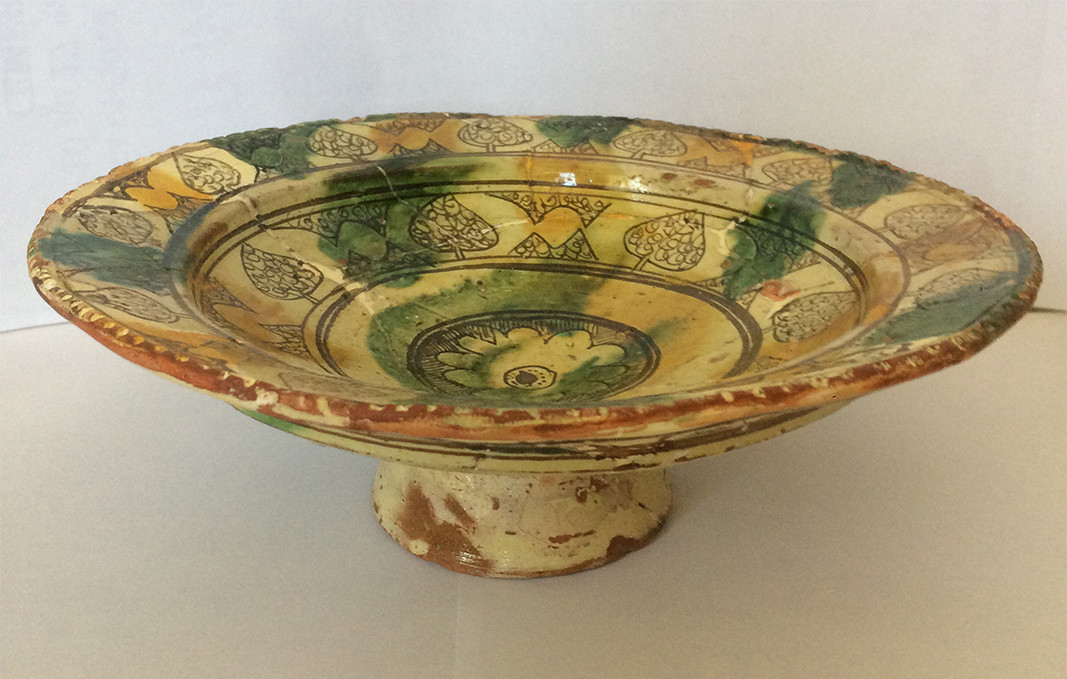
“In the American journal Nature, we managed to publish information from an experiment conducted at the Genetics Institute of Harvard University. We had to extract DNA and make comparative analyses - this helps with dating, so we plan to use it for the children’s graves discovered this year. A month ago, we were also invited to join an international project studying diseases such as smallpox, whooping cough, and others. We will participate, and we hope to soon have results to publish in a large, comprehensive volume.”
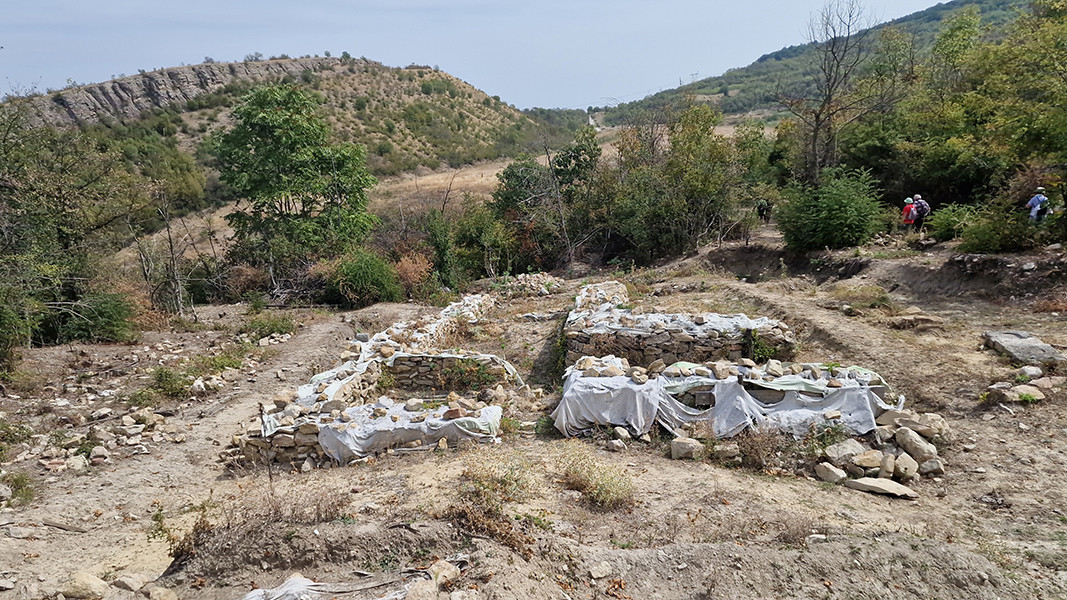
Years ago, the team of archaeologists was joined by the Ryahovets Archaeology School, where students work on site alongside researchers, learning excavation techniques and helping with documentation. “It seems what they love most is digging - grabbing the pickaxes,” Ivanova says with humor. She adds that encountering history inspires some young people to choose it as their profession.

“We have one girl - Yoana Katreva - who completed a master’s degree and has been working for two years on various projects in Germany, Greece, etc., and now she is about to start a PhD. Two other girls completed their bachelor’s degrees. One will continue with anthropology, and the other with a master’s degree in archaeology, and she continues to work closely with us.”
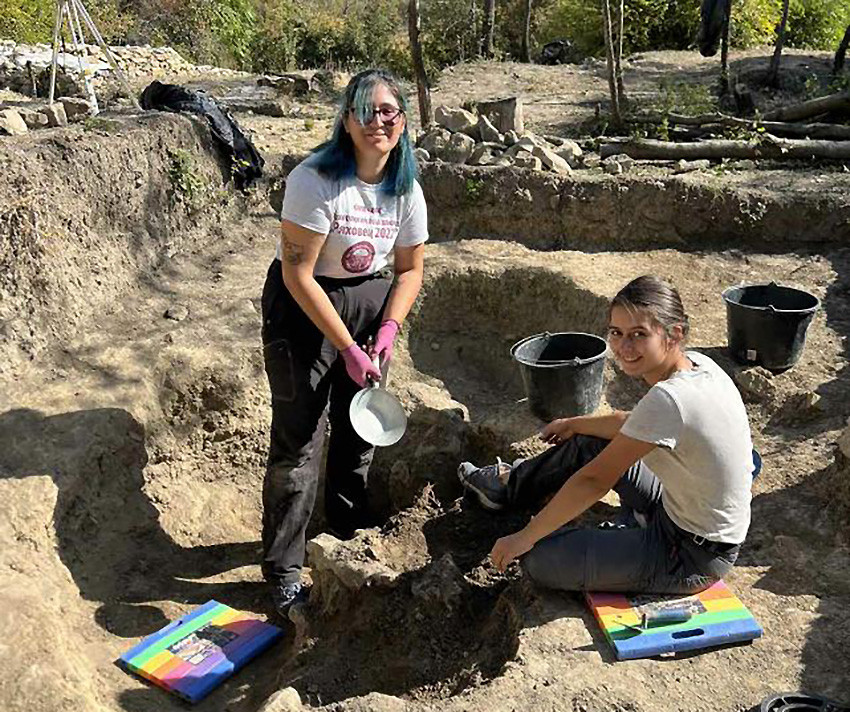
And while the young generation follows in the footsteps of their mentors, archaeologists are already turning toward future projects, in which excavations, DNA studies, and new technologies may allow us to hear even more clearly the echo of footsteps among the ruins - footsteps testifying to the millennia-old history of Bulgaria's Ryahovets fortress.
English publication: R. Petkova
On September 22, 1908, Prince Ferdinand I proclaimed Bulgaria’s independence in a manifesto, formally establishing the Third Bulgarian Kingdom. The location was chosen with care: the Church of the Forty Martyrs in the old capital, Veliko Tarnovo,..
From 16 September, the History Museum in Panagyurishte will be hosting the original Panagyurishte Gold Treasure. The priceless find will be displayed in the museum’s secure vault hall, where it can be seen until October 23. The treasure will be on..
On September 14, the Bulgarian Orthodox Church bows down before the cross on which Jesus Christ was crucified . The Exaltation of the Holy Cross of the Lord or Cross Day is one of the 12 great Christian holidays. It is one of the four days..

+359 2 9336 661
